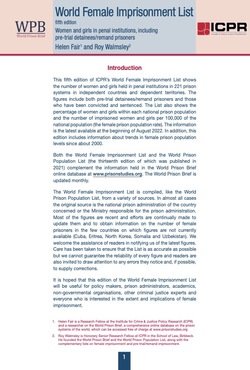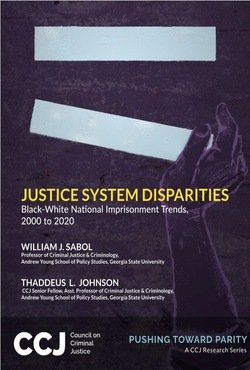By Michelle Butler, Dominic Kelly, Catherine B. McNamee
Purpose: This study investigates whether men who engage in dual harm while imprisoned are disproportionately involved in committing misconduct during a 1-year follow-up period. It also examines whether dual harm is significantly associated with future involvement in misconduct, when other known risk factors for misconduct are considered, and whether this relationship varies depending on the type of misconduct examined.
Methods: Drawing on the administrative records of 430 men who were imprisoned during the 1-year follow-up period, a combination of descriptive statistics and negative binominal regressions was used to analyse the data.
Results: Roughly one-in-four men engaged in dual harm while imprisoned and were responsible for over half of all misconduct incidents recorded during the follow-up period. A significant relationship between dual harm, as well as violence-only harm compared to no harm, and future involvement in misconduct was also observed even when other known risk factors for misconduct were considered but only for violent and disorder-related misconduct, demonstrating this relationship varied by harm history and type of misconduct examined.
Conclusion: These findings address previous gaps in knowledge, advancing our understanding of the relationship between dual harm and misconduct. Possible explanations for why, compared to no-harm history, dual harm as well as violence-only harm was only related to violent and disorder-related misconduct are offered, alongside possible implications of this research for policy and practice.
Legal and Criminological Psychology Volume 29, Issue 1 Feb 2024













